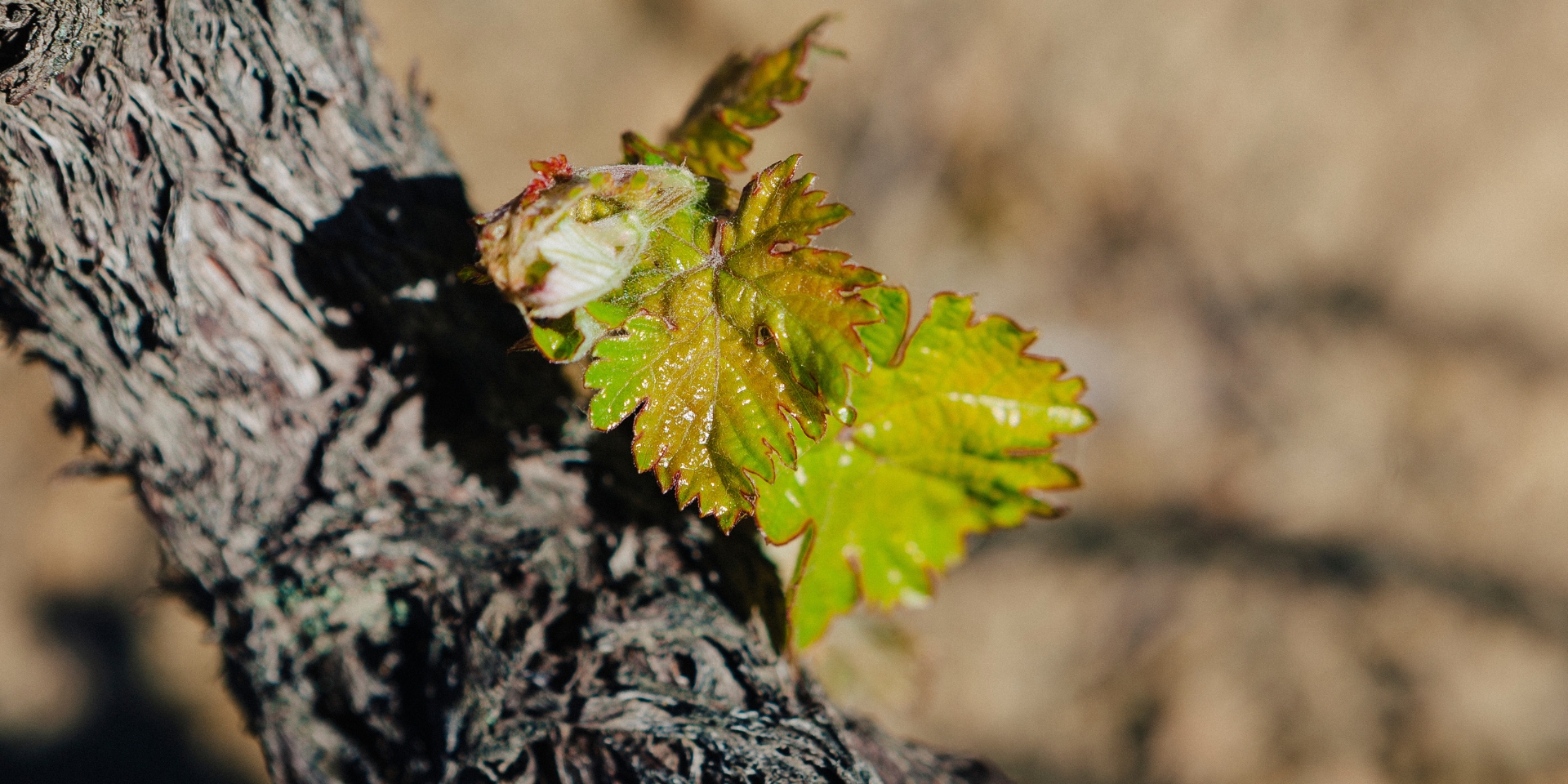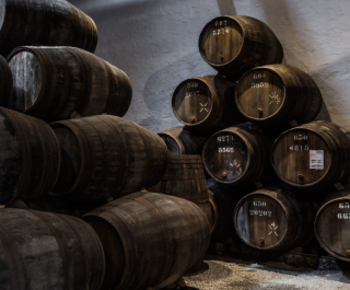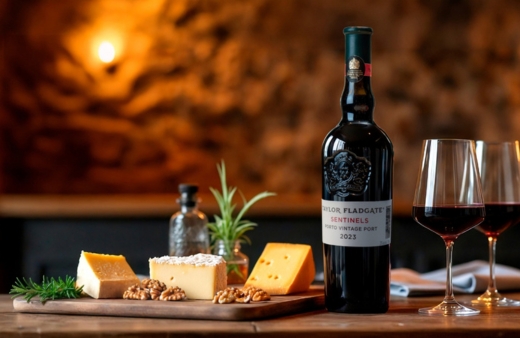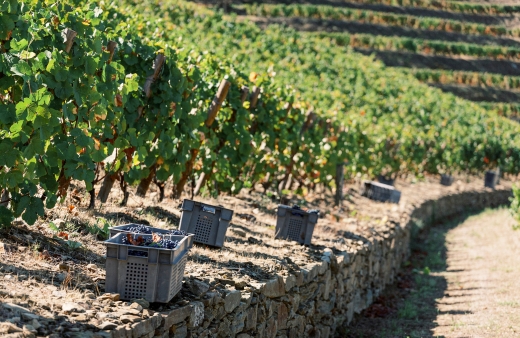Sustainable Viticulture
At Taylor Fladgate we are committed to protecting the environment and the future ecological well-being of our vineyards and the Douro Valley where Port wine has been produced for centuries.
For this reason, we have developed a model for sustainable viticulture, which enables us to produce Port wine from our vineyards in a way which is both ecologically responsible and economically viable, helping to guarantee the long term future of high quality Port production in decades to come.
The model incorporates a number of techniques and strategies which work together to create a balanced, diversified and sustainable vineyard environment and ecosystem while at the same time guaranteeing the quality of the wines produced by the vines.
The basis of the model is the construction of narrow terraces each of which supports only one row of vines. The terraces are very precisely engineered using earth-moving equipment in which the operator is guided by an innovative laser orientation system. This allows the terrace platforms to be inclined at exactly 3° to the horizontal. At this inclination, a balance is achieved between rainwater run-off and its penetration in the soil, avoiding the topsoil erosion which constitutes a key challenge in mountain viticulture and major source of environmental damage.
Our sustainable viticulture model is also designed to eliminate the use of herbicides to control unwanted vegetation. A track running between the single row of vines and the foot of the bank allows unrestricted access for machinery. Natural plant growth on the relatively low banks can easily be cut back mechanically, reducing water loss, maintaining the integrity of the banks and providing a haven for insects and generally increasing biodiversity in the vineyards.
Alongside the vine rows, control is achieved by sowing a temporary carpet of selected plant species. This flourishes between November and late Spring, preventing invasive plants from taking hold. Because the vines are dormant during most of this period, it does not compete with the vine for water. The cover crop then dies back naturally with the onset of Summer, when the vines are active, and can be mown mechanically to form a natural mulch, reducing water loss and restoring natural organic matter to the soil. The absence of herbicides means that vegetation can regenerate easily and naturally each year.
Perhaps the most critical aspect of all is the correct selection of vine varieties and their distribution within the vineyard, ensuring that each variety is optimally located and able to thrive naturally, developing its own unassisted resistance to drought, disease and vineyard pests, while continuing to produce high quality and perfectly ripened grapes. This is a key element in mountain viticulture with its varied topography and diversity of microclimates and particular important in the dry climate variant.
The new vineyard model can be used as a basis either for sustainable viticulture or for full organic production.
In 2009 this sustainable vineyard model was awarded the prestigious BES Biodiversity Prize which recognises achievement in the fields of conservation and environmental sustainability.
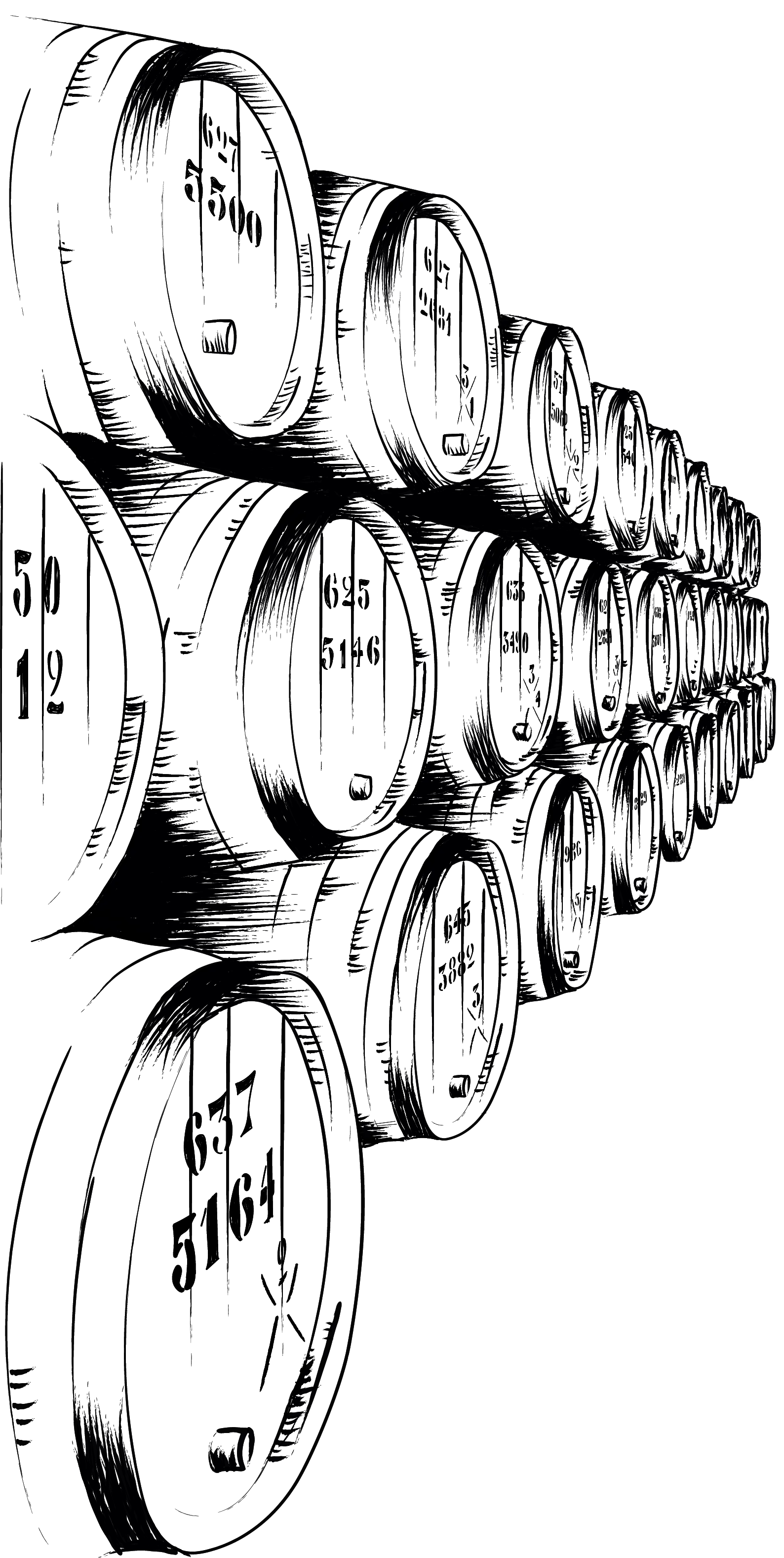
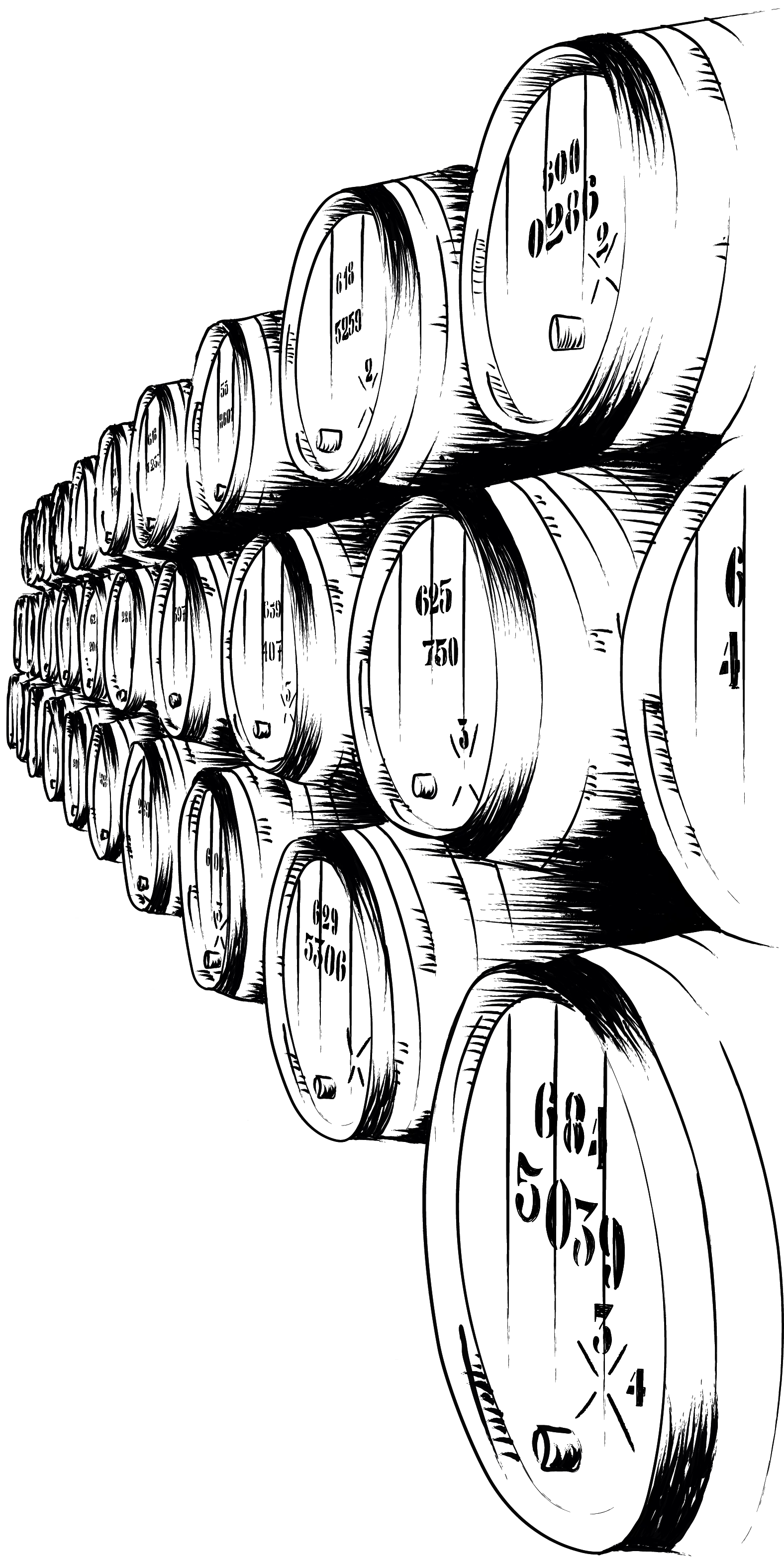
discover more

